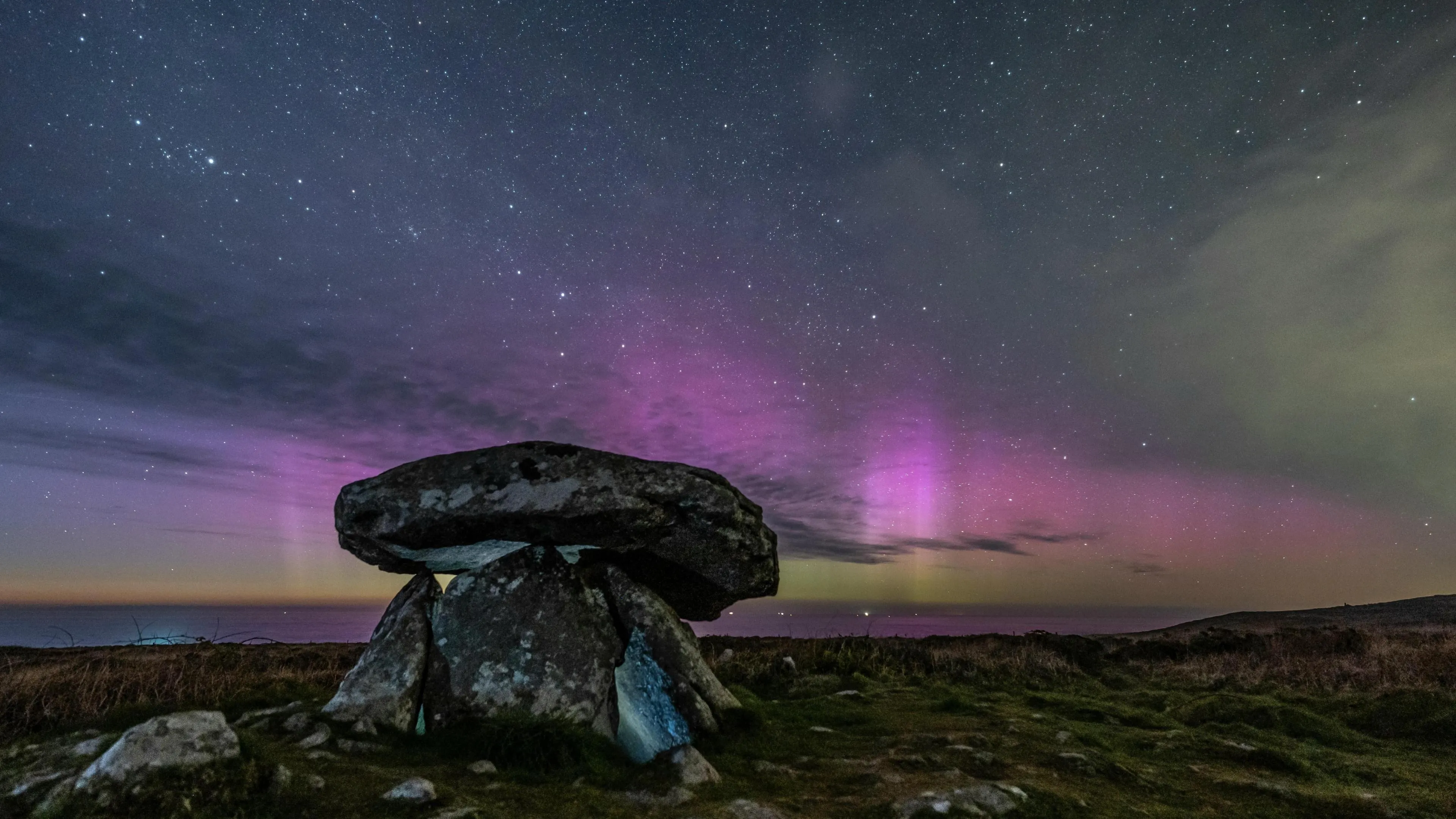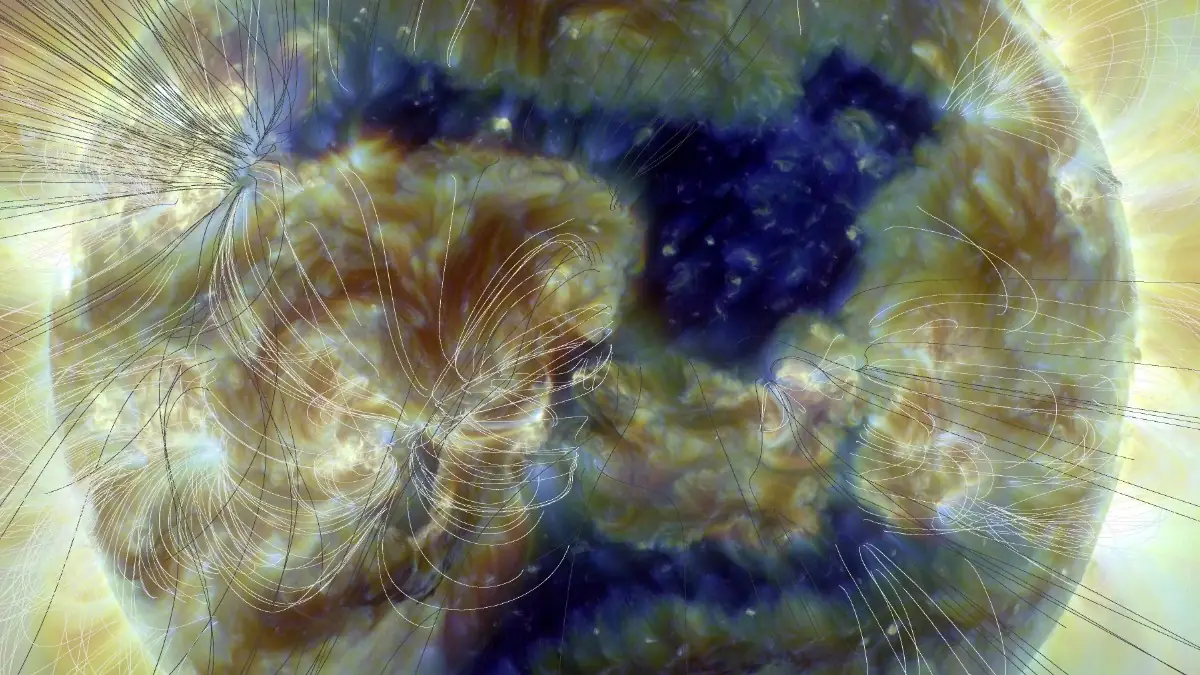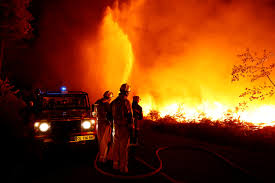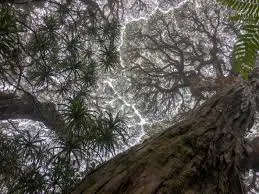
Aurora spotted unusually far south
Spectacular Aurora Spotted Unusually Far South Rare Celestial Display Captivates Skywatchers
In a stunning and unexpected natural event, vibrant auroras were recently spotted much farther south than their usual range, astonishing skywatchers and scientists alike. Typically visible in high latitude regions near the Arctic and Antarctic Circles, this rare southern appearance of the aurora borealis or northern lights was observed as far south as parts of the southern United States, central Europe, and even northern India. The event was triggered by an intense geomagnetic storm, one of the strongest recorded in recent years, and has reignited global fascination with the dazzling phenomenon, while also raising scientific interest in the effects of solar weather on Earth's atmosphere and technology.
The unusually widespread auroral display occurred after a series of powerful coronal mass ejections (CMEs) erupted from the Sun, sending vast clouds of charged particles hurtling toward Earth. When these particles interacted with Earth's magnetic field, they caused a geomagnetic storm classified as G4 severe on the NOAA space weather scale. This disruption significantly amplified the auroral oval, the zone around the poles where auroras are typically visible, and pushed its boundary hundreds of kilometers farther south than usual. As a result, people in places like Texas, southern France, Romania, and central China were treated to vivid green, pink, and purple lights dancing across the night sky an event virtually unheard of in those latitudes.
For many residents in these lower latitude regions, the appearance of the aurora was both mesmerizing and bewildering. Social media was flooded with photos and videos of shimmering curtains of light, taken by astonished individuals who had never seen such a sight before. Amateur astronomers and photographers rushed to capture the phenomenon, some staying up through the early morning hours in awe of the rare celestial spectacle. In Australia and New Zealand, the aurora australis (southern lights) also made an unexpected appearance much farther north than usual, with skywatchers in Victoria and New South Wales reporting intense activity and vivid colors.
From a scientific perspective, this geomagnetic event was a goldmine of data. The interaction between solar wind and Earth’s magnetosphere is complex, and extreme events such as this provide researchers with opportunities to refine their models of space weather. Solar physicists from NASA and ESA have been analyzing the sequence of solar eruptions leading up to the storm, noting that multiple CMEs had occurred in quick succession, possibly combining in transit to form a “cannibal CME” a phenomenon in which a fast moving eruption overtakes a slower one ahead of it, intensifying its impact. These rare occurrences can produce especially strong geomagnetic storms with global implications.
While the auroras provided breathtaking views, the underlying solar activity also carried potential risks. High levels of geomagnetic disturbance can affect satellites, power grids, and radio communications. Some minor satellite disruptions were reported during the peak of the storm, and aviation authorities rerouted a few high latitude polar flights as a precaution. However, the overall impact was relatively minimal, thanks in part to early warnings from space weather monitoring agencies. Ground based power networks and communication systems remained largely unaffected, though utilities were placed on alert and instructed to monitor for any anomalies in voltage or transformer activity.
The extraordinary reach of the aurora has also sparked new public interest in space weather science. Planetariums, observatories, and science centers around the world have reported increased attendance and online engagement, with many launching educational campaigns to explain the aurora’s origins, significance, and connection to solar cycles. Teachers and astronomers are seizing the opportunity to discuss the broader implications of solar activity not just for stargazing, but for everyday life. As our dependence on technology grows, understanding the influence of solar storms becomes increasingly important for national security, aviation safety, and satellite operations.
Looking ahead, scientists warn that more such geomagnetic events could occur in the coming years, as the Sun approaches the peak of its 11 year solar cycle, known as the solar maximum. During this period, solar flares, sunspots, and CMEs become more frequent and intense, increasing the likelihood of geomagnetic storms. While most of these events are relatively benign, the possibility of a major storm akin to the 1859 Carrington Event that disrupted telegraph systems worldwide remains a concern. Modern infrastructure is more vulnerable to such disruptions, making accurate forecasting and preparedness crucial.
In conclusion, the rare sighting of auroras far south of their typical range was a stunning reminder of the power and unpredictability of our solar system. For millions of people around the world, the unexpected light show was a moment of shared wonder an awe inspiring glimpse into the dynamic relationship between Earth and the Sun. While scientists continue to study the event’s implications, the widespread public fascination it sparked serves as a beautiful testament to humanity’s enduring curiosity about the cosmos. if viewed as a scientific marvel or a spiritual experience, the southern aurora was a rare gift from the universe one that illuminated the night sky and our imaginations alike.











